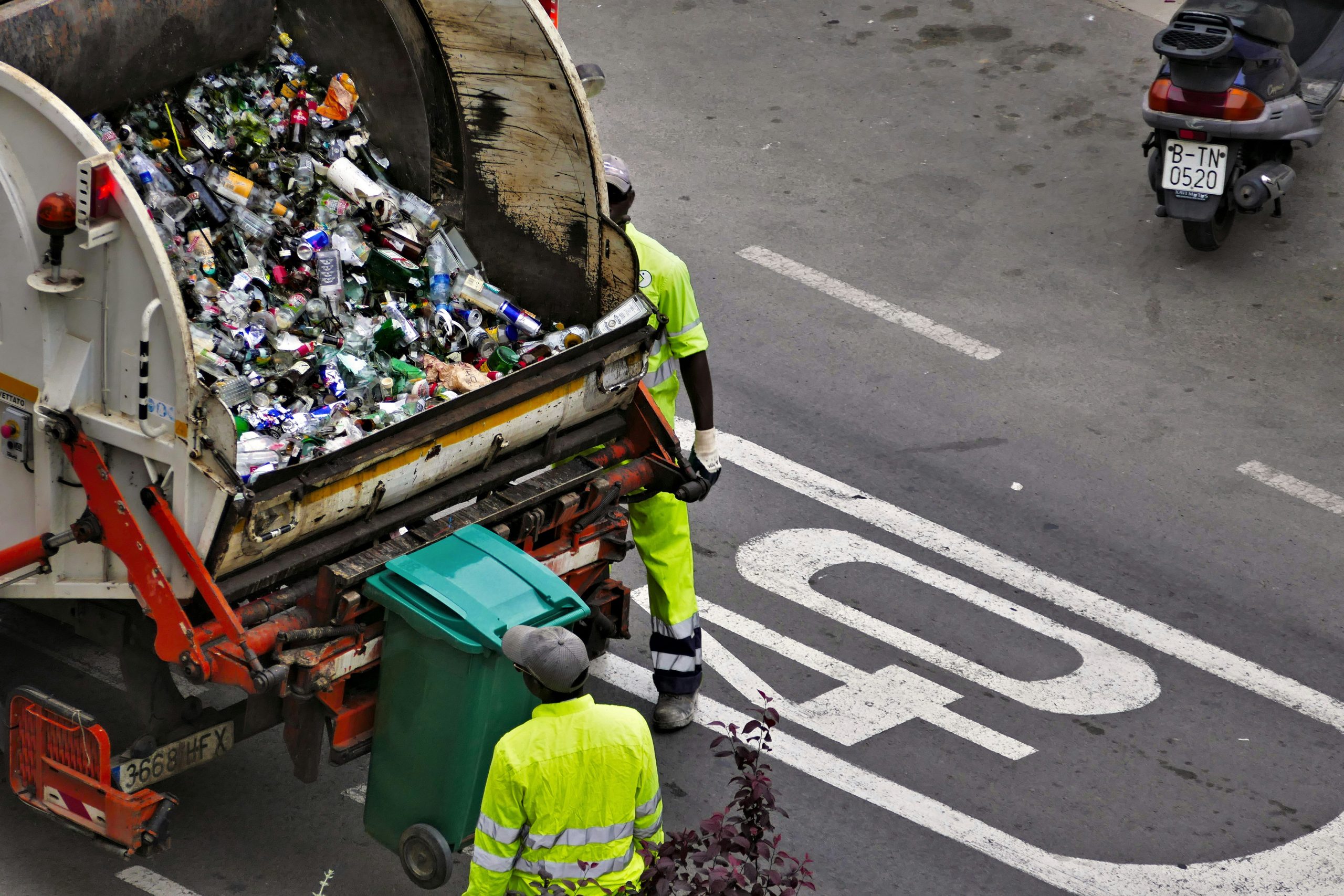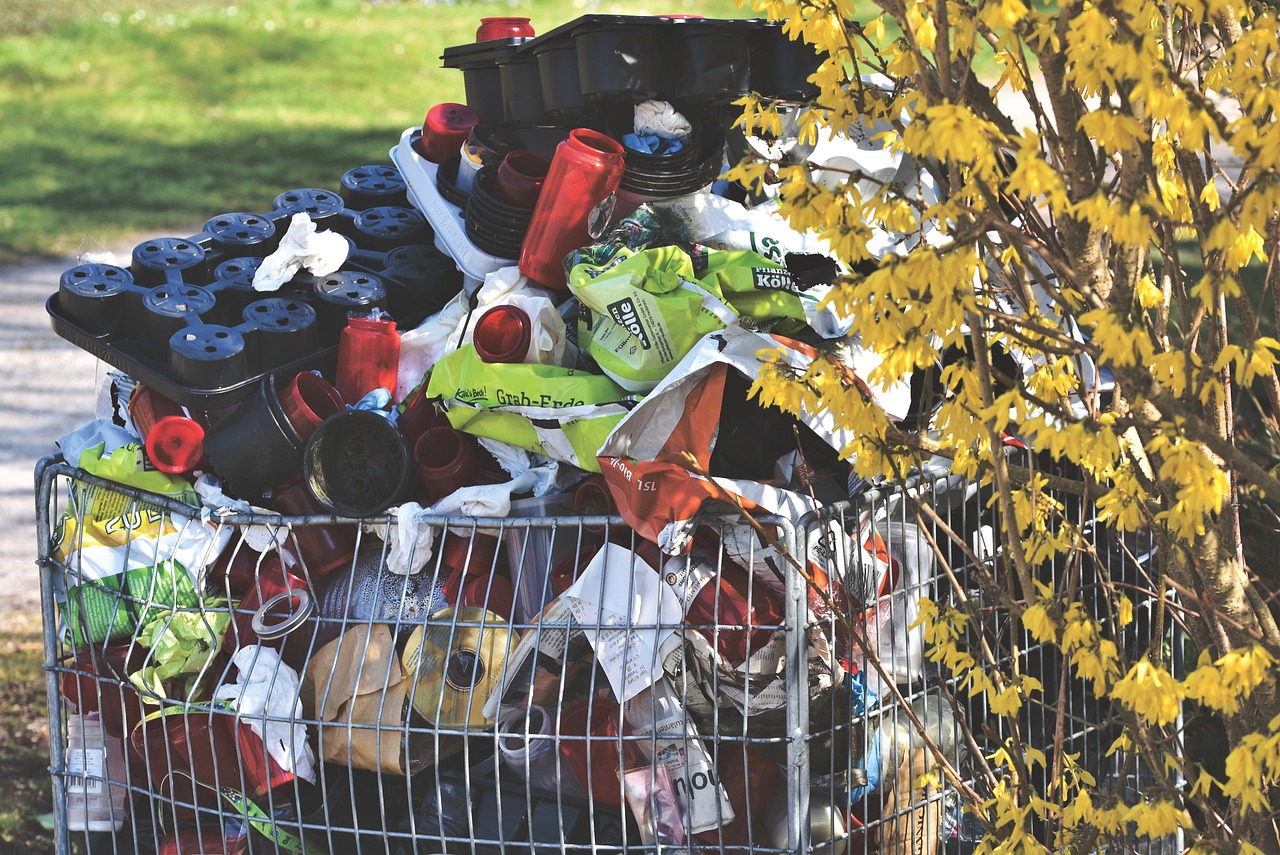
Hiring a skip is the best solution for managing waste, whether for a home renovation, garden cleanup, or a major construction project. However, choosing the right skip size and price can be confusing.
This guide aims to simplify the skip-hire process and assist you in making an informed decision that suits your specific needs. We will cover essential tips. Accurate measurement and planning are crucial to avoid the pitfalls of over or underestimating your requirements, ensuring that you select a skip that fits both your waste volume and the available placement space. By following these guidelines, you can streamline your waste management efforts and ensure a smooth, hassle-free experience from start to finish.
Factors to Consider Before Hiring a Skip
One of the most common dilemmas when hiring a skip is determining the correct size. Choosing the wrong size can lead to unnecessary costs or the inconvenience of needing a second skip; therefore, understanding skip sizes and prices is crucial to making an informed decision that avoids these issues.
Here are some factors to consider before you hire a skip:
Assess Your Waste Volume
Start by estimating the volume of waste you need to dispose of. Consider the type and amount of material. For instance, a small garden cleanup might only require a mini skip, while a large home renovation project could necessitate a maxi skip.

Understand Waste Types
Different types of waste might affect your choice of skip size. General household waste, green waste, construction debris, and hazardous materials may have specific disposal requirements. Make sure you’re aware of any restrictions or special considerations for the type of waste you have.
Plan for Unforeseen Waste
It’s often better to slightly overestimate your needs. Planning for a bit more waste than you initially think can prevent the hassle of arranging an additional skip later in case waste volume increases than expected.
Consider the Cost Factors
When selecting a skip size, cost is a crucial factor. Larger skips generally cost more to hire, but they can be more economical for handling large amounts of waste. Some other cost-related considerations are mentioned below:
Hire Duration: The amount of time you need to skip can affect the price. Longer hire periods will typically cost more.
Permit Costs: If you are placing the skip on a road or public property, you may require a permit from your local council. This can add to the overall cost.
Waste Type: Certain types of waste, especially hazardous materials, may incur additional charges. Make sure to clarify what is included in the hire cost.
Skip Company Rates: Prices can vary significantly between skip-hire companies. It’s worth shopping around and comparing company quotes to get the best deal.
Environmental Considerations
Choosing the right skip size can also have environmental benefits. Overfilling skips or hiring more skips than necessary can increase fuel consumption and carbon emissions from transportation. Properly estimating your waste and choosing an appropriately sized skip can help minimize your environmental impact.
Compare Skip Sizes Before Buying
It’s essential to compare skip sizes before making a decision. In the next section, we will discuss in detail the most common skip sizes and their typical uses for better understanding.
Which Skip Size to Hire
Choosing the right skip size for your work, whether it’s a home or garden renovation, is important to manage waste effectively and cost-efficiently. Your skip size depends on the waste type and volume. From small domestic cleanups to large-scale commercial projects, there is a suitable skip size for every need. Let’s explore the various options available, starting with mini skips.

Mini Skips (2-3 Cubic Yards)
Mini skips are best for small amounts of waste, such as minor garden cleanups or small home projects. They hold about 20-30 black bin bags.
Midi Skips (4-5 Cubic Yards)
Midi skips are suitable for slightly larger projects, like bathroom or kitchen refits. They can hold around 40-50 black bin bags.
Builders Skips (6-8 Cubic Yards)
Builders skips are among the most popular choices for medium-sized projects, such as home renovations or construction work. They hold about 60-80 black bin bags.
Maxi Skips (10-18 Cubic Yards)
Maxi skips are used for larger projects, such as major renovations or large garden clearances. They can hold approximately 100-180 black bin bags.
Roll-on Roll-off Skips (20-40 Cubic Yards)
These large skips are perfect for industrial projects and significant commercial waste. They are suitable for large volumes of bulky waste and construction debris.
Final Words
Choosing the right skip size and price involves careful consideration of your project’s waste volume, type, and duration. It is essential to compare various skip sizes and understand the cost factors associated with each option. Consulting with an expert from a skip-hire company can give valuable insights catered to your specific requirements. Proper planning includes accurate measurement of the waste and assessment of the available space for the skip, ensuring you avoid the common pitfalls of over or underestimating your needs.
Additionally, by reading reviews and checking the ratings of skip-hire companies, you can ensure that you receive reliable service and good value for your money. This thorough approach not only helps you save money but also ensures efficient and environmentally friendly waste disposal, making your project run smoothly and responsibly from start to finish.
